The ABC’s of Sports Nutrition
Believe it or not, eating a good sports diet can be simple. Yet too many athletes have created a complex and confusing eating program with good and bad foods, lots of rules, and plenty of guilt. Let’s get back to the basics and enjoy performance-enhancing fueling with these simple ABC’s for winning nutrition.

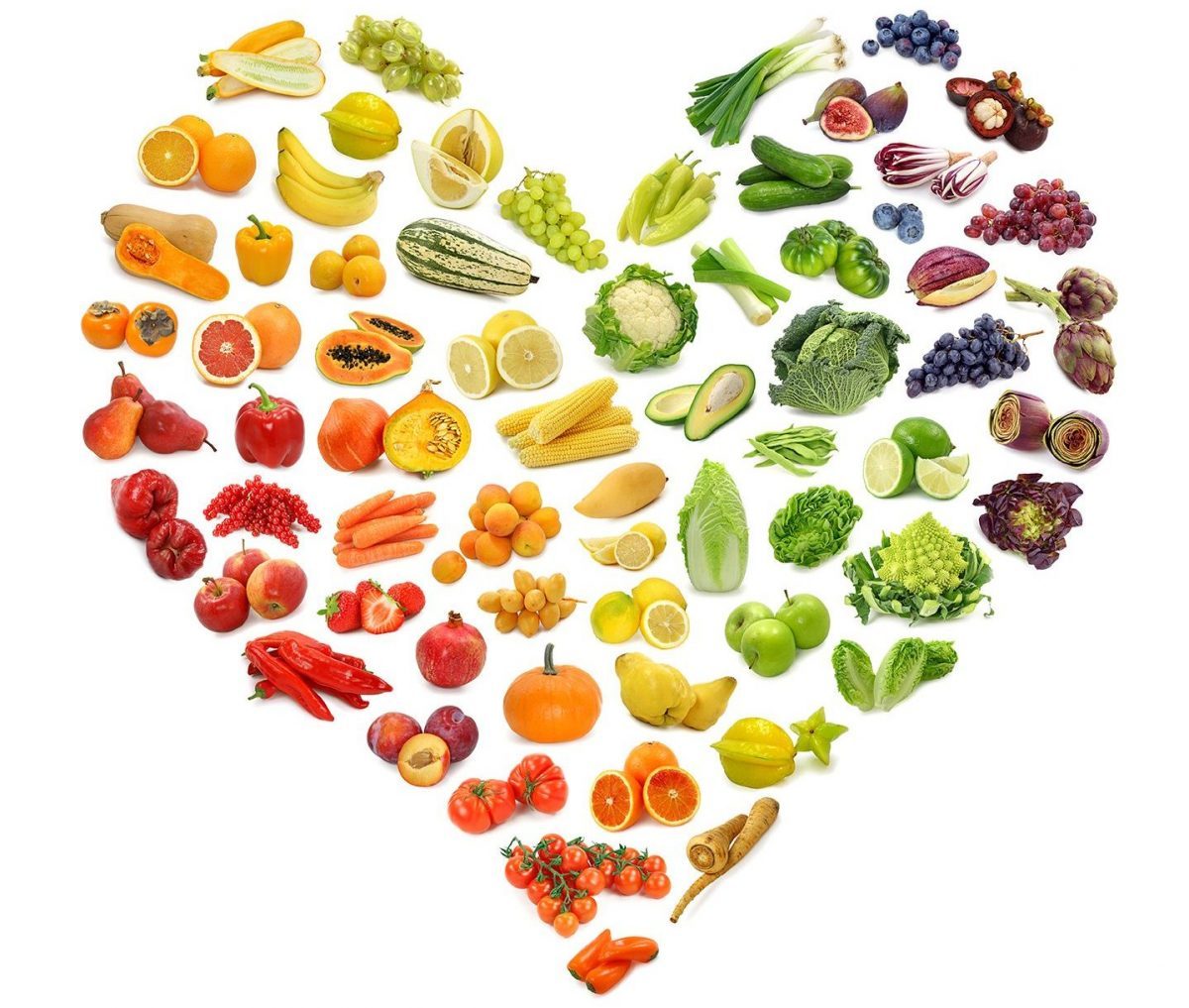
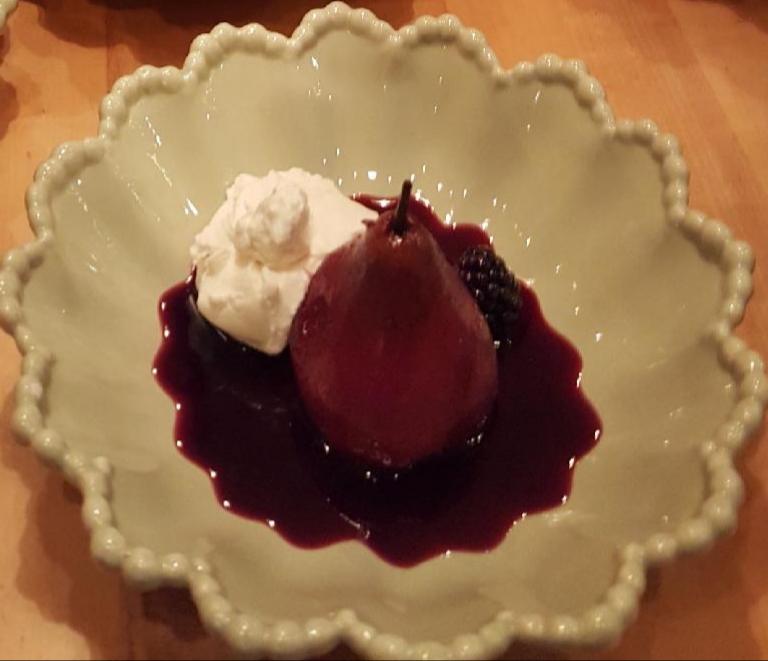
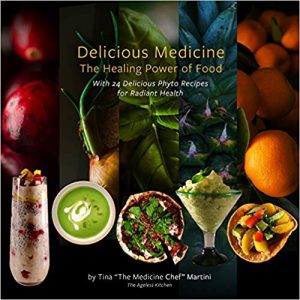
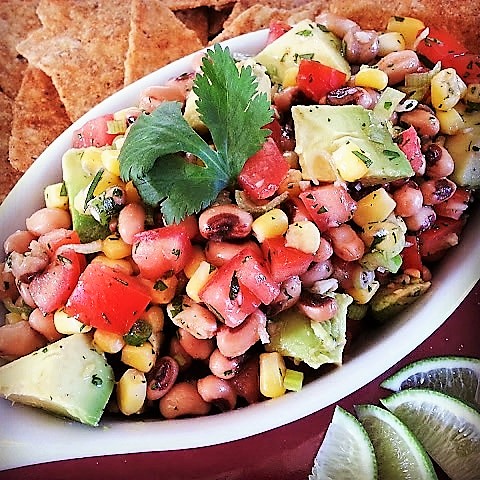
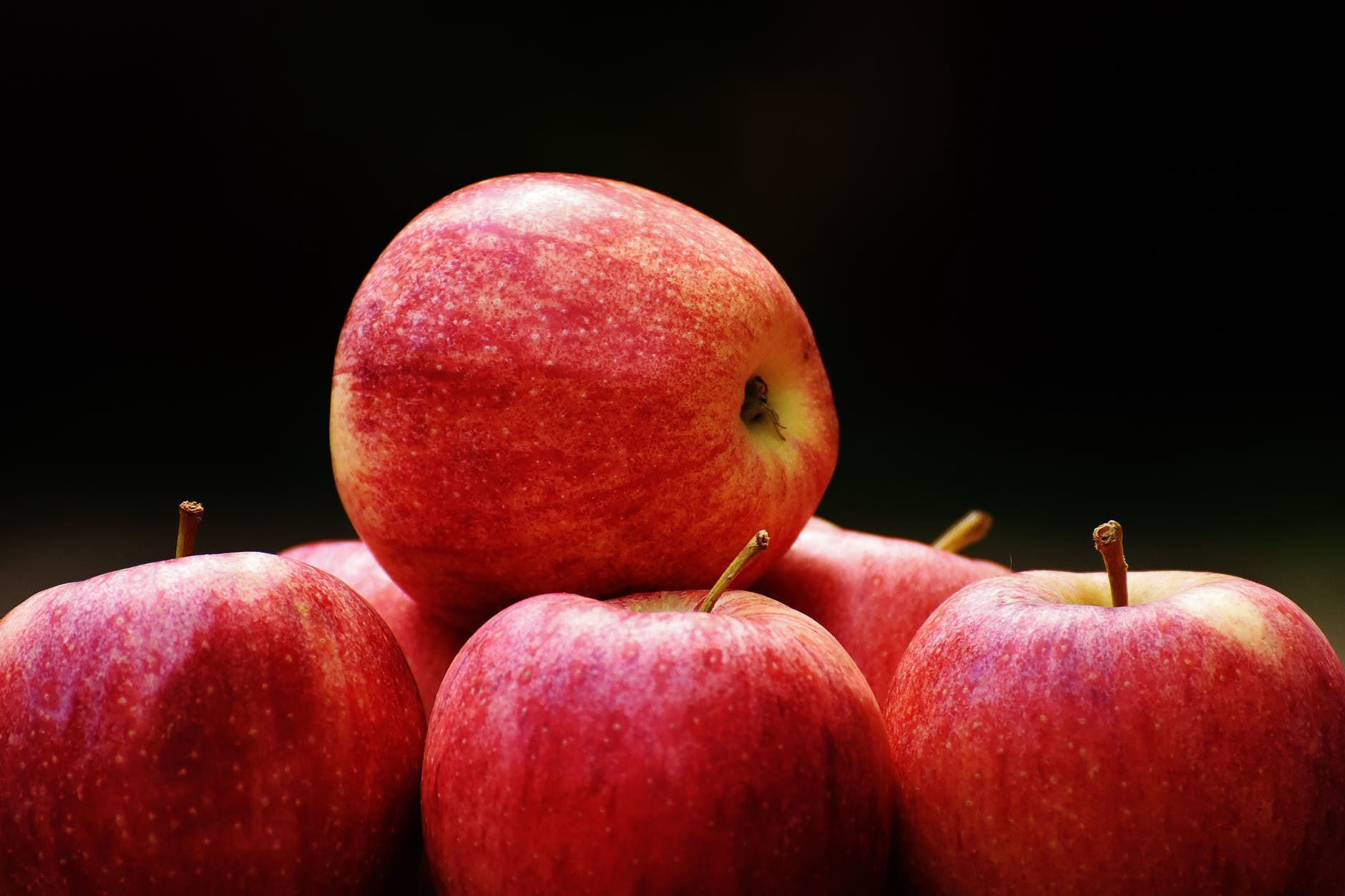
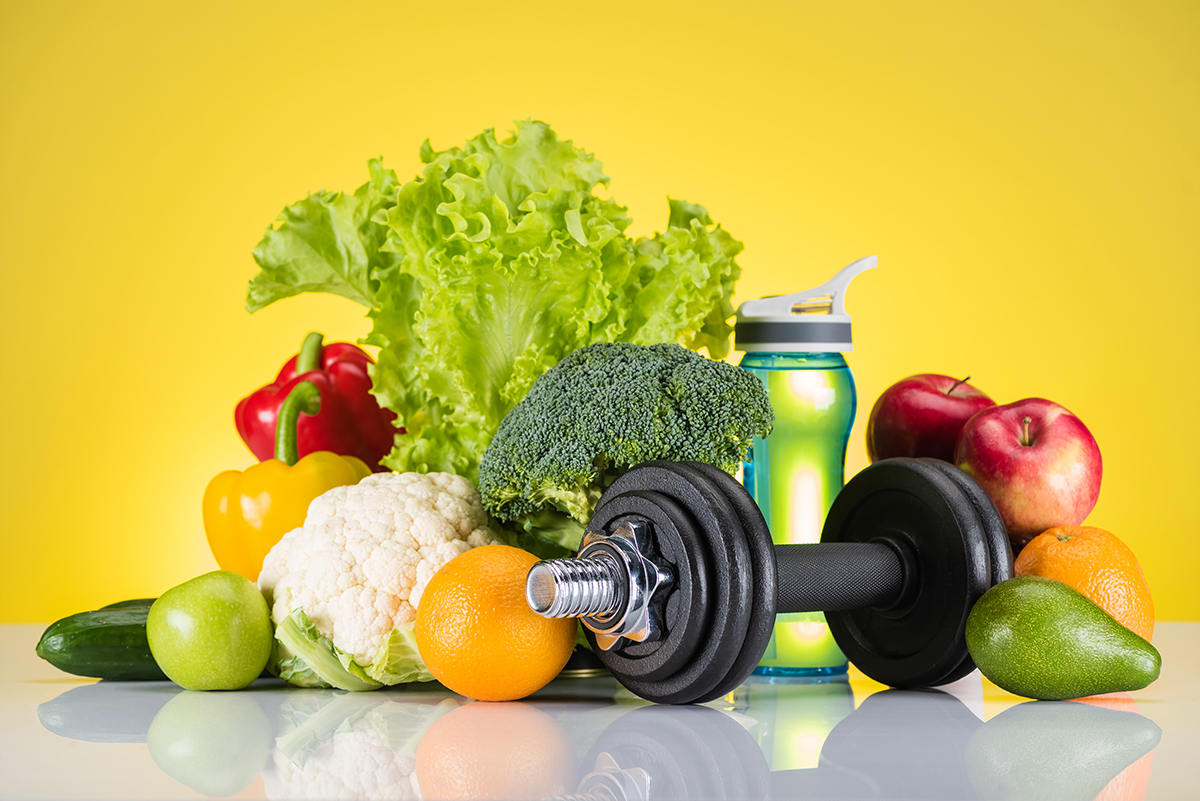
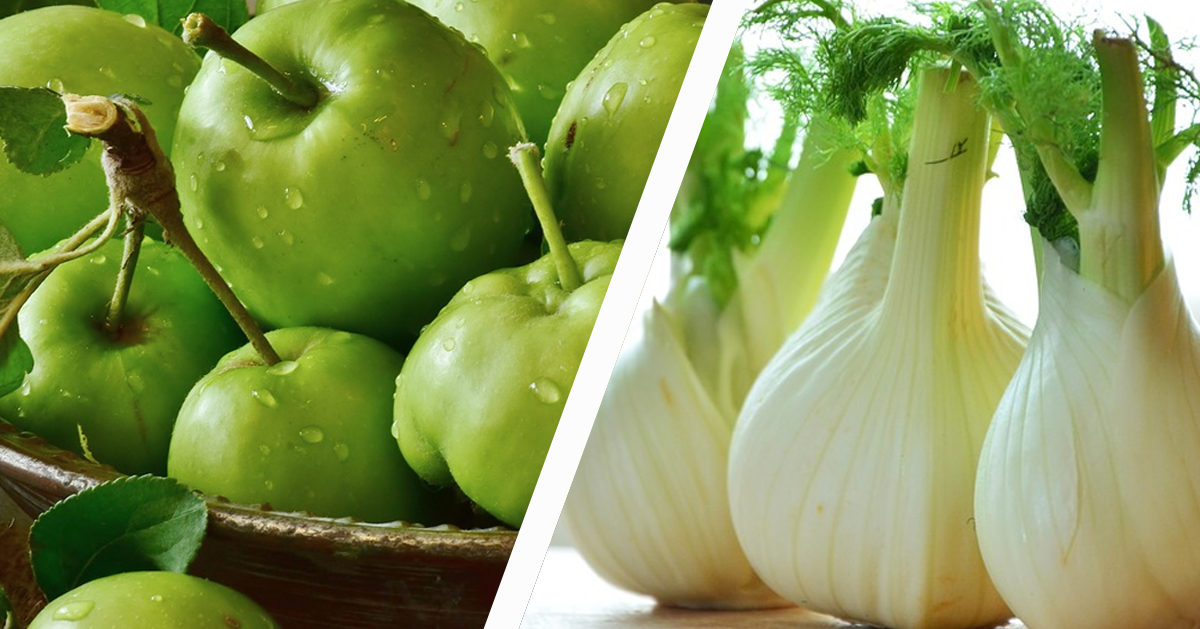

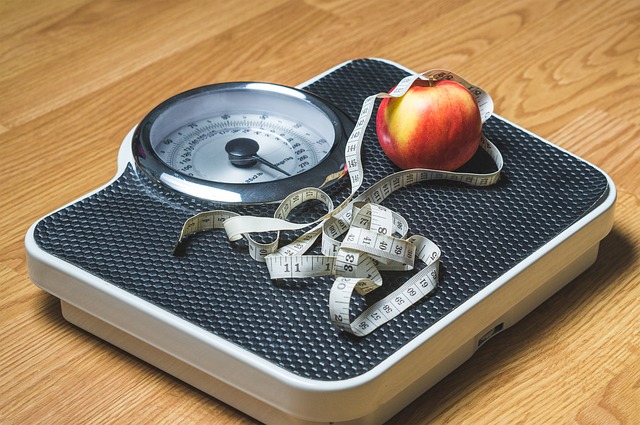

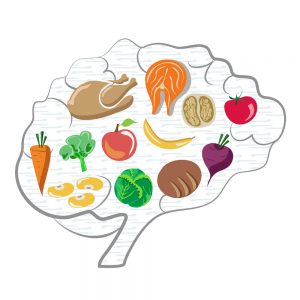 When it comes to aging better, better nutrition is your better weapon because it gives the body the resources it needs while reducing intake of items that irritates and overwhelms. Better nutrition comes from making better not perfect choices more often. So what are those and how can you enjoy them – after all, with age we’ve earned enjoyment, right?!
When it comes to aging better, better nutrition is your better weapon because it gives the body the resources it needs while reducing intake of items that irritates and overwhelms. Better nutrition comes from making better not perfect choices more often. So what are those and how can you enjoy them – after all, with age we’ve earned enjoyment, right?! 4. Get Enough Coq10
4. Get Enough Coq10